These Scottish Dropped Scones Are Better Than Pancakes
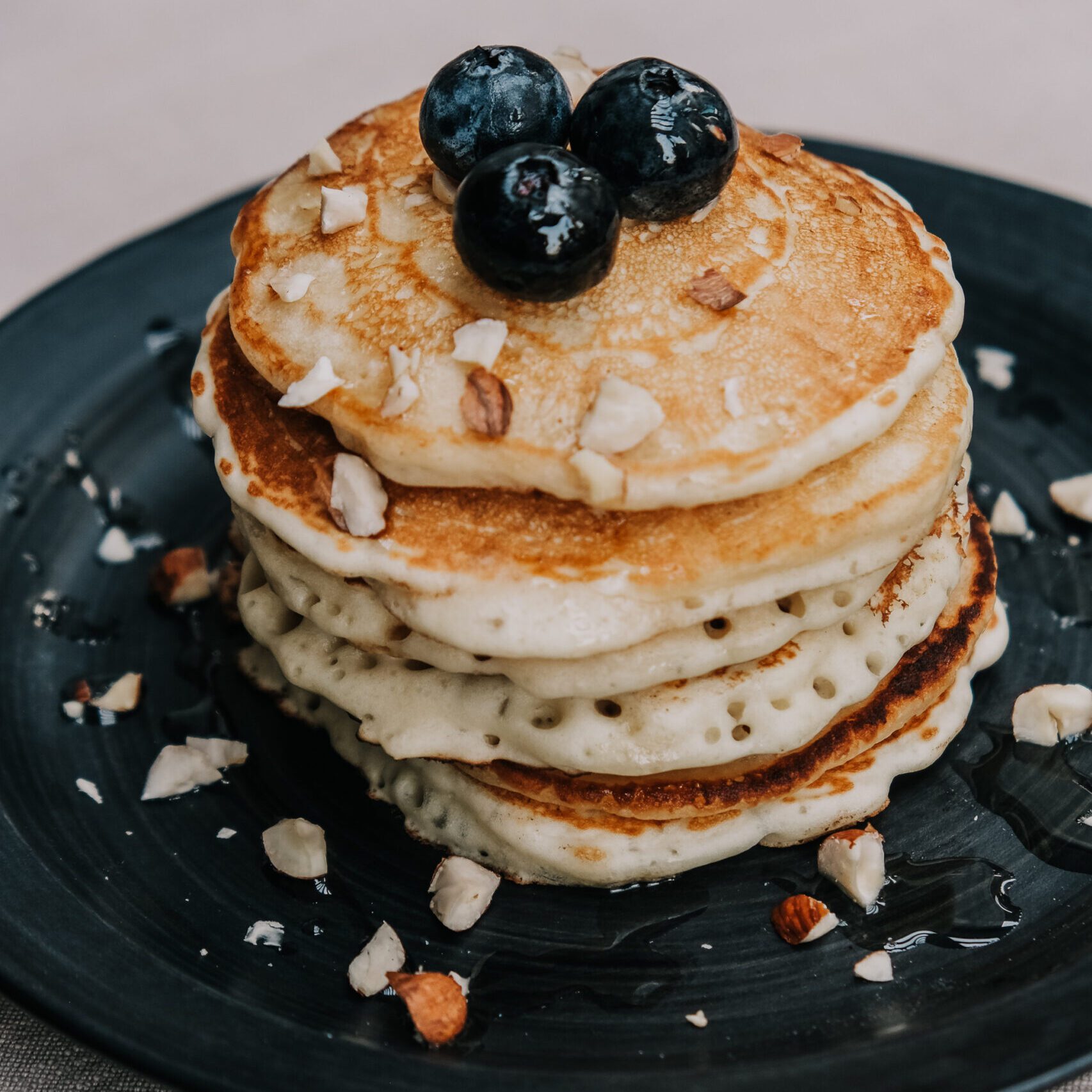
Dropped Scones are a Scottish teatime classic, not as sweet as the average pancake, but in my opinion, so much better. The method quite literally follows the name – the batter is dropped onto a griddle pan rather than spread out thinly, creating a light and fluffy texture.
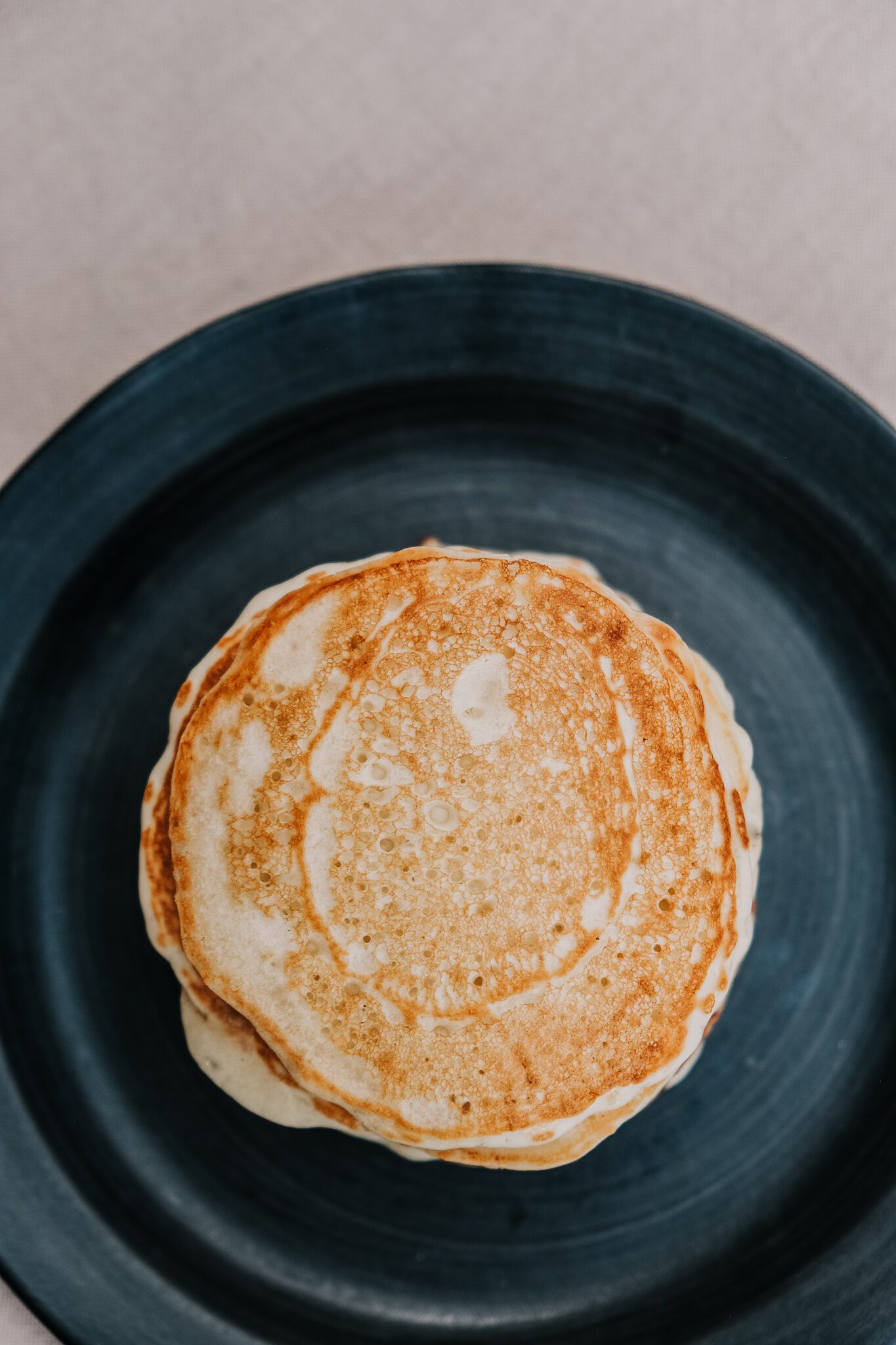
They’ve also earned the royal seal of approval, as Queen Elizabeth once cooked them for President Eisenhower at her Balmoral Estate. He must have enjoyed them, as she later sent a letter to him enclosing her ancestral recipe.
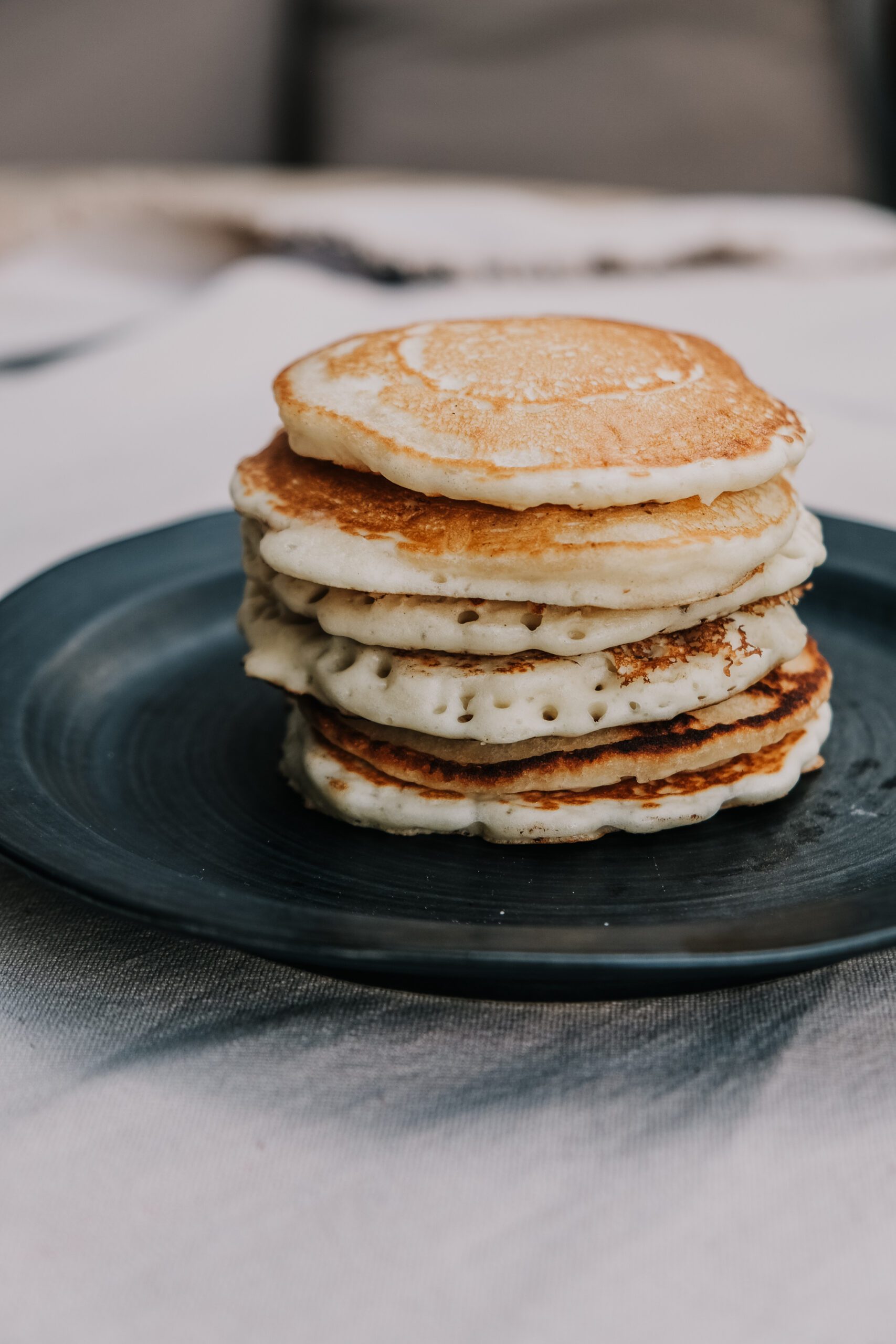
I love the subtle sweetness of Dropped Scones, allowing toppings of butter, jam, and spreads to shine through. Maybe it’s because I grew up eating them, peeping my head over the worktop and stealing a warm pancake from under the tea towel, spreading crumbs around the house while my poor mum slaved over the hot stove, hardly any pancakes leftover for herself to enjoy. With the remaining batter, she would always make one gigantic pancake, sometimes shaping it into a Mickey Mouse shape which my sister and I would fight over.
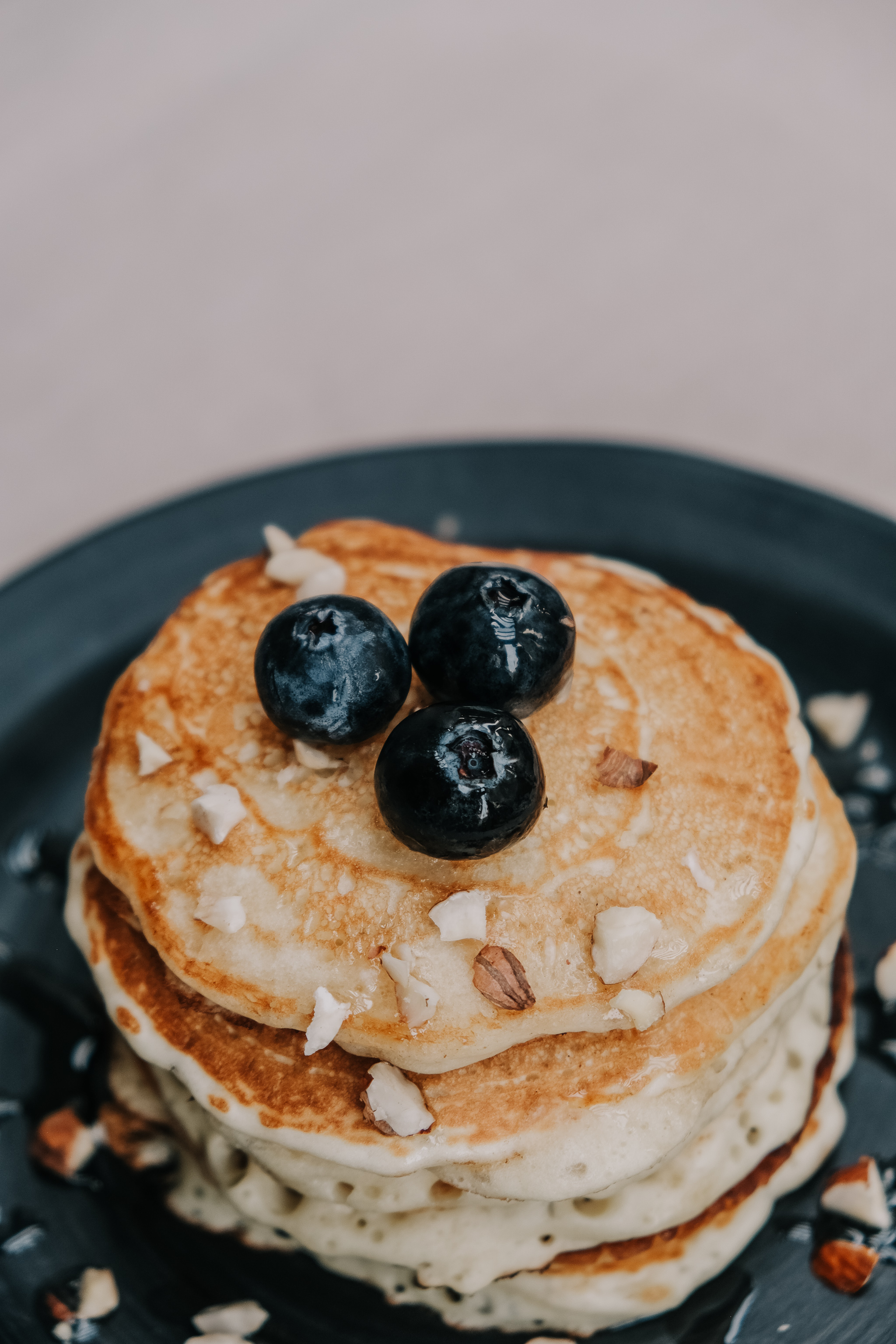
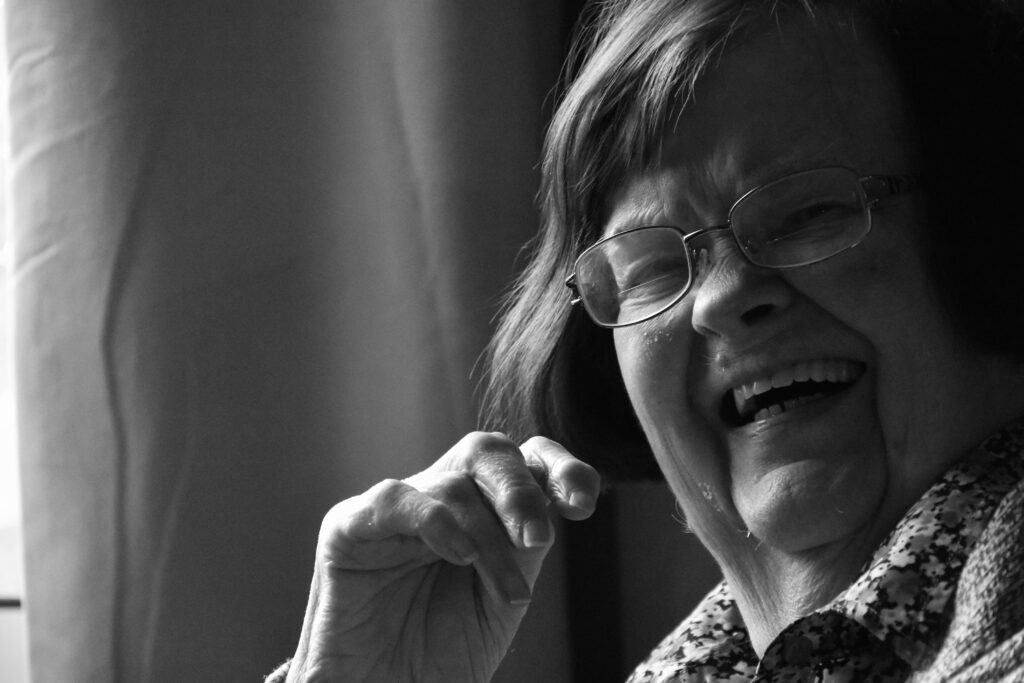
This recipe is from my late granny Emily, who would always make them for us on a traditional griddle pan and serve them with a pot of tea and a slathering of butter.
Why measure in ounces?
Measuring in ounces is quite old fashioned, but I always follow this method as it’s the one specified in my granny’s recipe. I’ve provided a conversion to modernise the recipe, but if your digital scales allow you to measure in ounces and pounds, you should definitely do so.
What is Cream of Tartar?
A stabilising agent in the form of a white powder, it turns into a leavening agent when combined with bicarbonate of soda. It creates a bubbly, aerated pancake batter, which is what makes the Dropped Scone so distinctive.
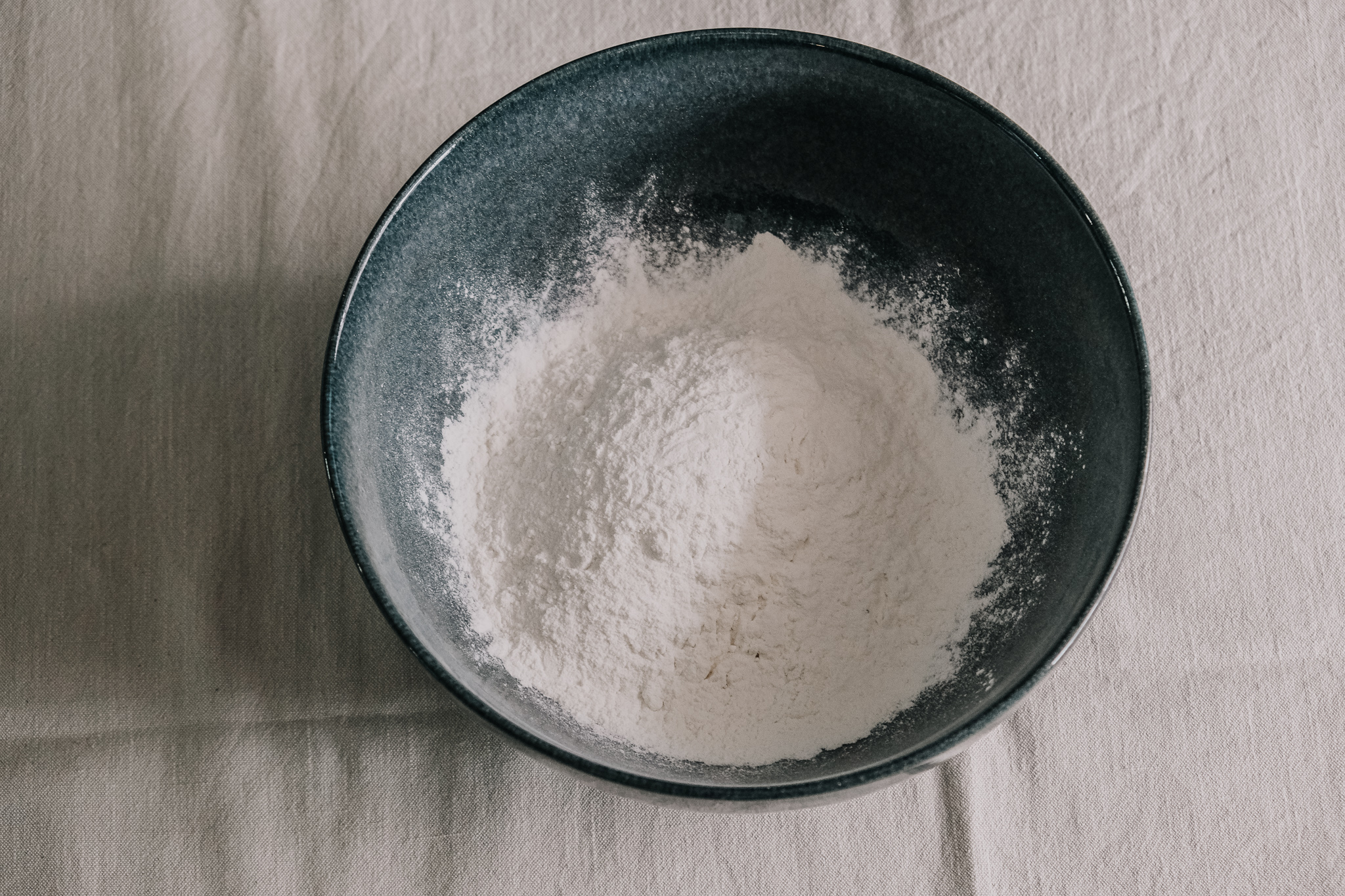
Why is my batter lumpy?
This is completely normal and it won’t affect the final result. Mix the batter until it’s combined and thick, but don’t overbeat – you want to make sure you keep all of that lovely air from the rising agents in.
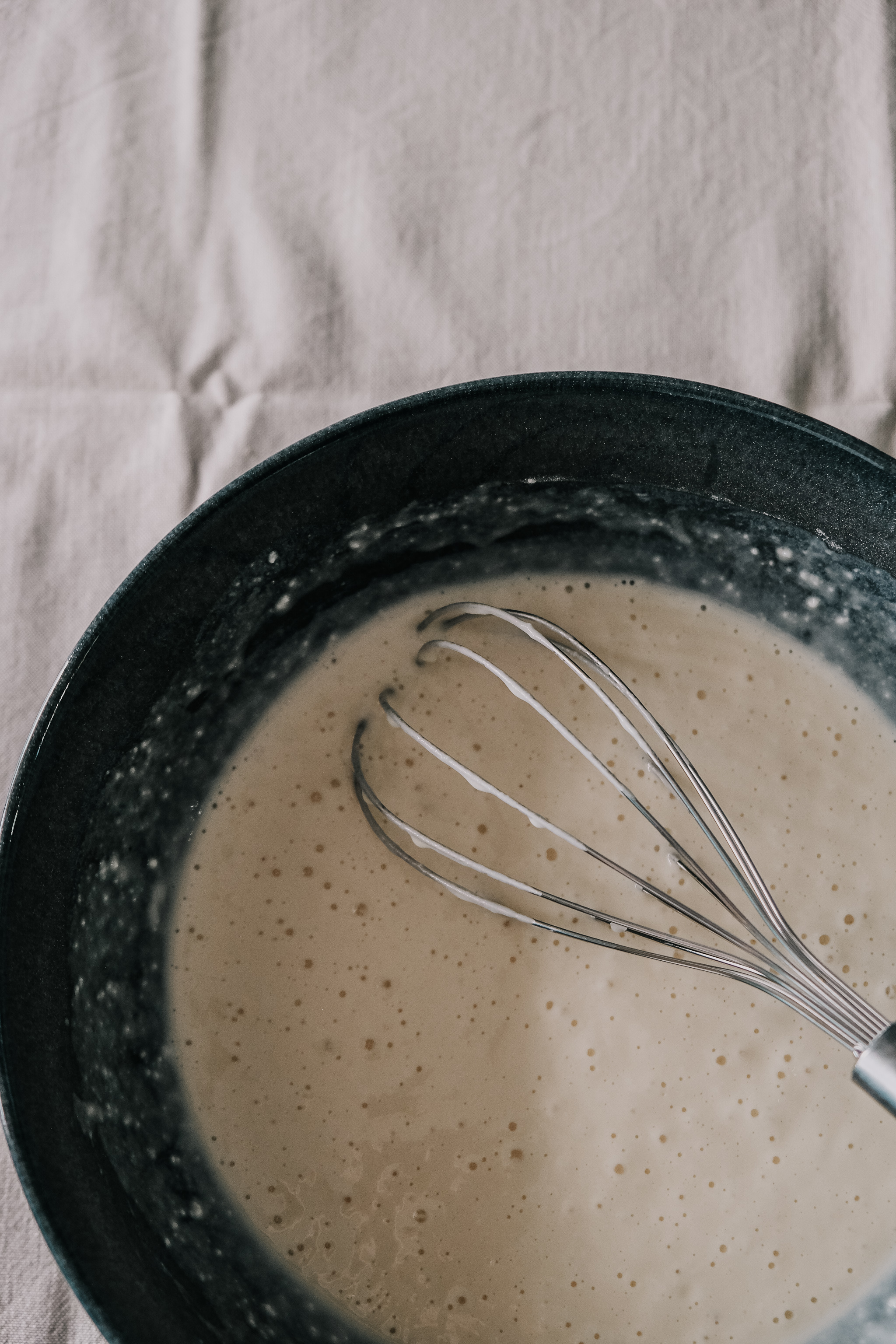
How do I achieve the perfect pancake [dropped scone]?
Get your frying pan – or griddle pan – nice and hot to begin with before reducing the temperature to a medium heat. This allows for a more even, browned finish. You’ll notice lots of tiny bubbles forming and want to wait until most of them have popped – you’ll pick up your own timing on this once you’ve flipped a couple. The first pancake is never very pretty, and might even be a bit burnt, so don’t be dissuaded!
Which toppings are best?
You can stick with the classics – jams and spreads – or you can switch it up and get creative. Think fresh fruit, cream, yoghurt, chopped nuts, puree – there are endless options! Since these pancakes are low in sugar content, they can become part of a savoury breakfast, served alongside some bacon and eggs.
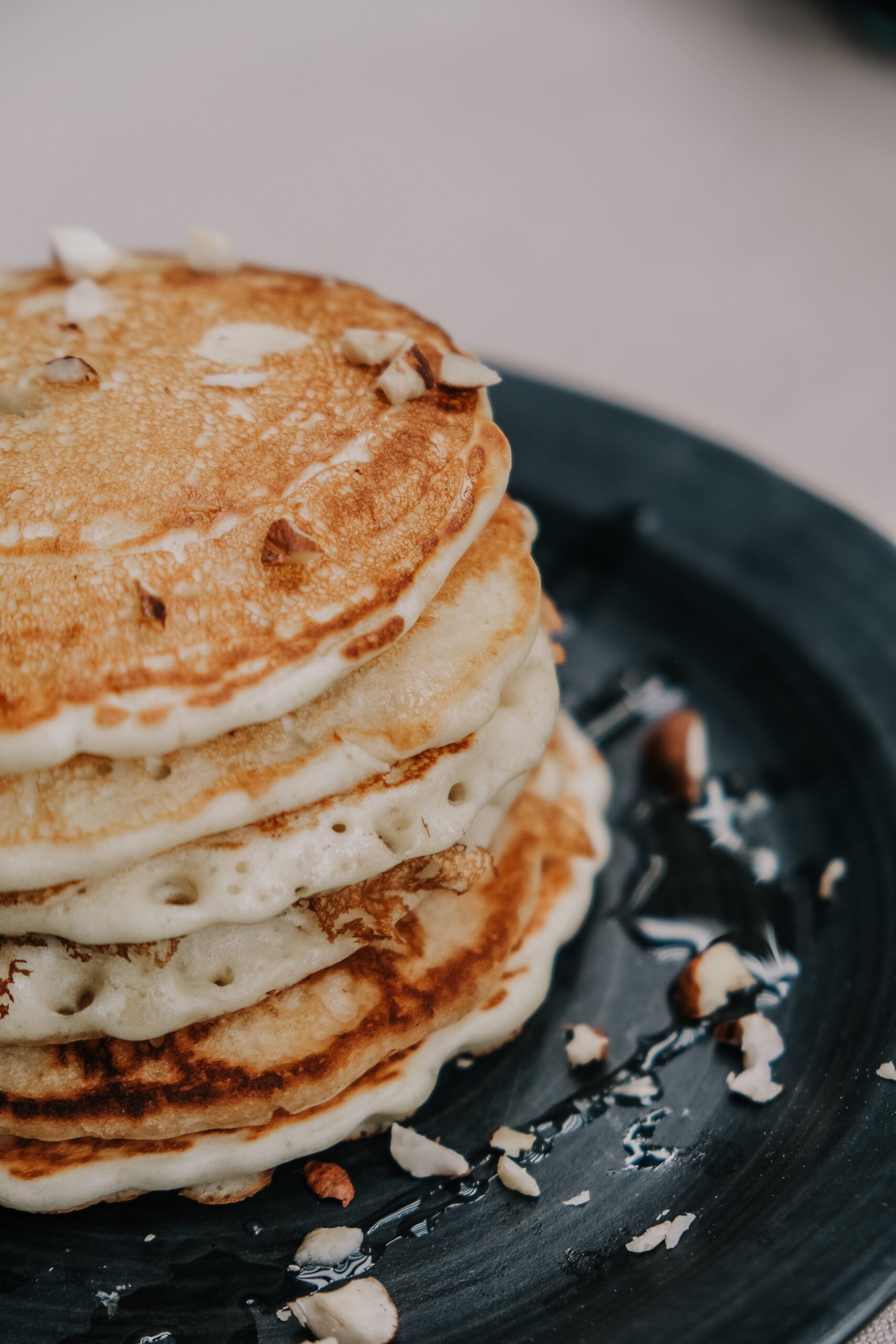
Why use a tea towel?
My mum, my granny, and my great-granny all used a tea towel to store the pancakes during the cooking process. This method prevents them from sweating and drying out, whilst also keeping them warm.
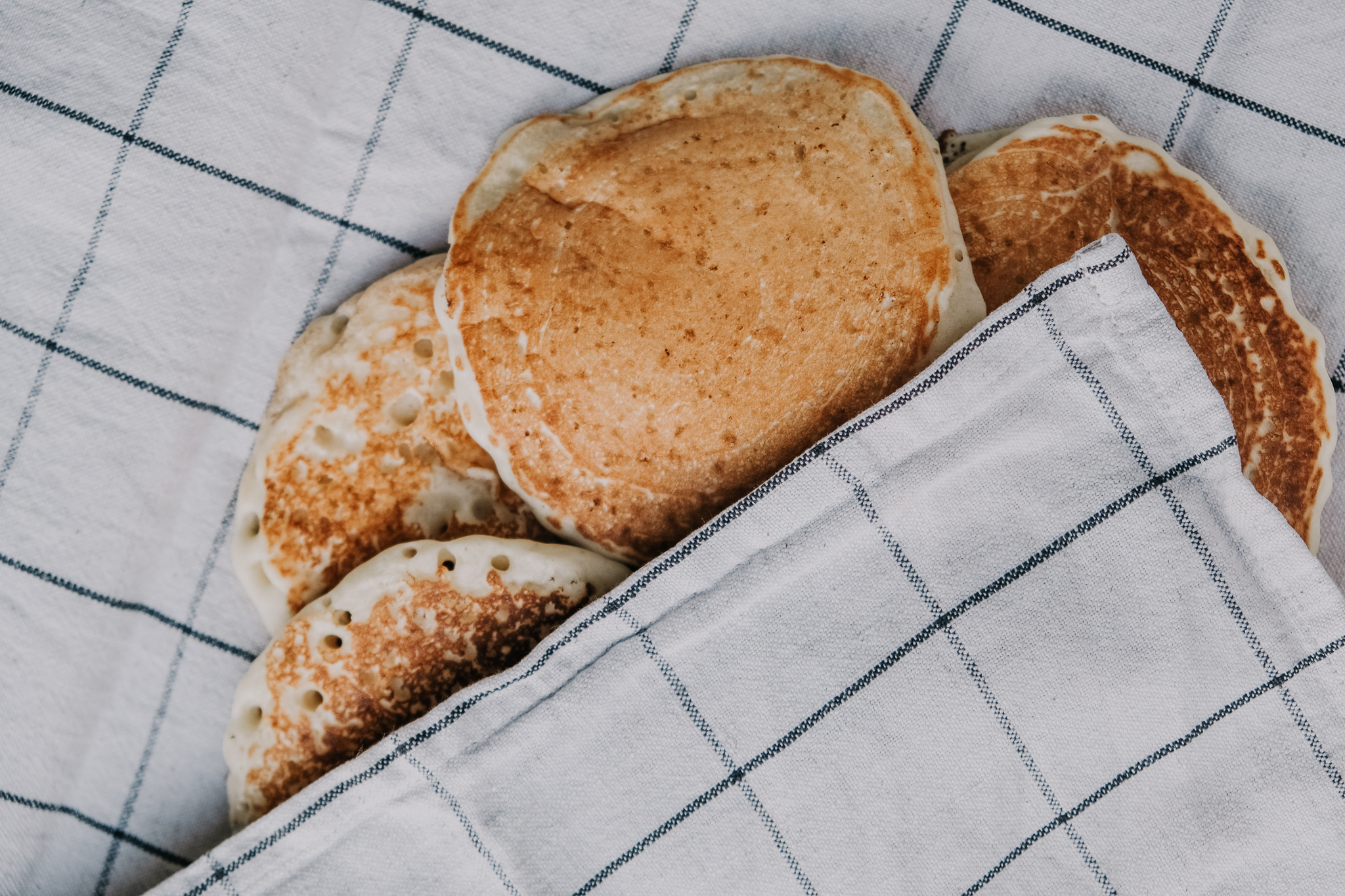
I invite you to stray from your trusted pancake recipe and give this Scottish version a go. It might just become a breakfast or tea time favourite, and if it does, please leave me a review down below.
Granny’s Pancakes (Scottish Dropped Scones)
Equipment
- Whisk
- Large Mixing Bowl
- Measuring Spoons
- Griddle pan or saucepan
- Spatula
- Tea towel
Ingredients
- 8 oz/230g self-raising flour
- 1 oz/30g sugar
- ¼ level teaspoon salt
- 1 level teaspoon cream of tartar
- ½ level teaspoon bicarbonate of soda
- 1 egg
- ½ pint milk any fat content will do
- Butter to grease
Instructions
- Weight out the dry ingredients into a large mixing bowl and stir to combine.
- Gradually whisk in the milk and then the egg, beating until well combined. Don’t worry if the batter is still lumpy – this won’t affect the final result.
- Heat a griddle pan or a large saucepan over a high heat and lay out a large, clean tea towel on a nearby work surface. Once hot enough, add a small knob of butter and swirl it around the pan to coat the surface.
- Turn the heat down slightly to medium or medium-high and spoon two dessert spoons of batter into rounds, making sure not to overcrowd the pan. Give yourself some room to slide a spatula underneath without denting the surrounding pancakes.
- After you’ve dropped the batter, you’ll see that lots of tiny bubbles have formed on the surface of each pancake. Wait until most of them have popped and carefully slide the spatula underneath before flipping and watching them puff every so slightly. Once you can’t see any more raw batter around the edges and the bottom is beginning to brown, remove them from the pan and place on the teatowel, folding it over to cover them.
- After you’ve finished the batch, serve them with a cup of tea and a slathering of butter and jam – or whatever else you fancy.
Notes
Measuring in ounces is quite old fashioned, but I always follow this method as it is the one specified in the original recipe. I have provided a conversion to modernise the recipe, but if your digital scales allowed you to measure in ounces and pounds, you should definitely do so. What is Cream of Tartar?
A stabilising agent in the form of a white powder, it turns into a leavening agent when combined with bicarbonate of soda. It creates a bubbly, aerated pancake batter, which is what makes the Dropped Scone so distinctive. Why is my batter lumpy?
This is completely normal and it won’t affect the final result. Mix the batter until it’s combined and runny, but don’t overbeat – you want to make sure you keep all of that lovely air from the rising agents in. How do I achieve the perfect pancake?
Get your griddle pan nice and hot to begin with but then reduce the temperature to a medium heat. This will allow for a more even, browned finish. You’ll notice lots of tiny bubbles forming and want to wait until most of them have popped – you’ll pick up your own timing on this once you’ve flipped a couple. The first pancake is never very pretty, and might even be a bit burnt, so don’t be dissuaded! Whatever you do, don’t press the pancake down with your spatula – I used to do this all the time when I was little to speed up the cooking process, but it creates a flat, dense result. Which toppings are best?
You can stick with the classics – syrups and spreads – or you can switch it up and get creative. Think fresh fruit, cream, yoghurt, chopped nuts, puree – there are endless options! Since these pancakes are low in sugar content, you can also take advantage of this by serving them alongside some bacon and eggs. Why use a tea towel?
My mum, my granny, and my great-granny all used a tea towel to store the pancakes during the cooking process. This method prevents them from sweating and drying out, whilst also keeping them warm.
I always love hearing from readers, so if you have any questions or would simply like to connect, fill out the form on my contact page or message me through my social media accounts:
Watch the pancake making process here:


